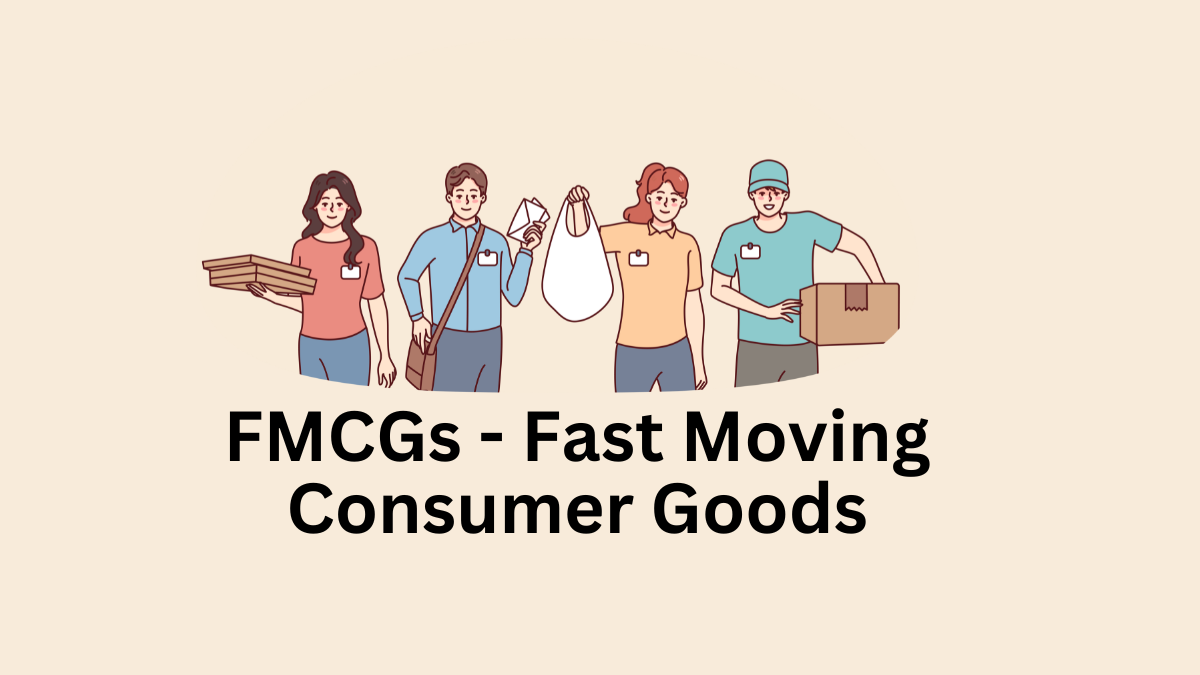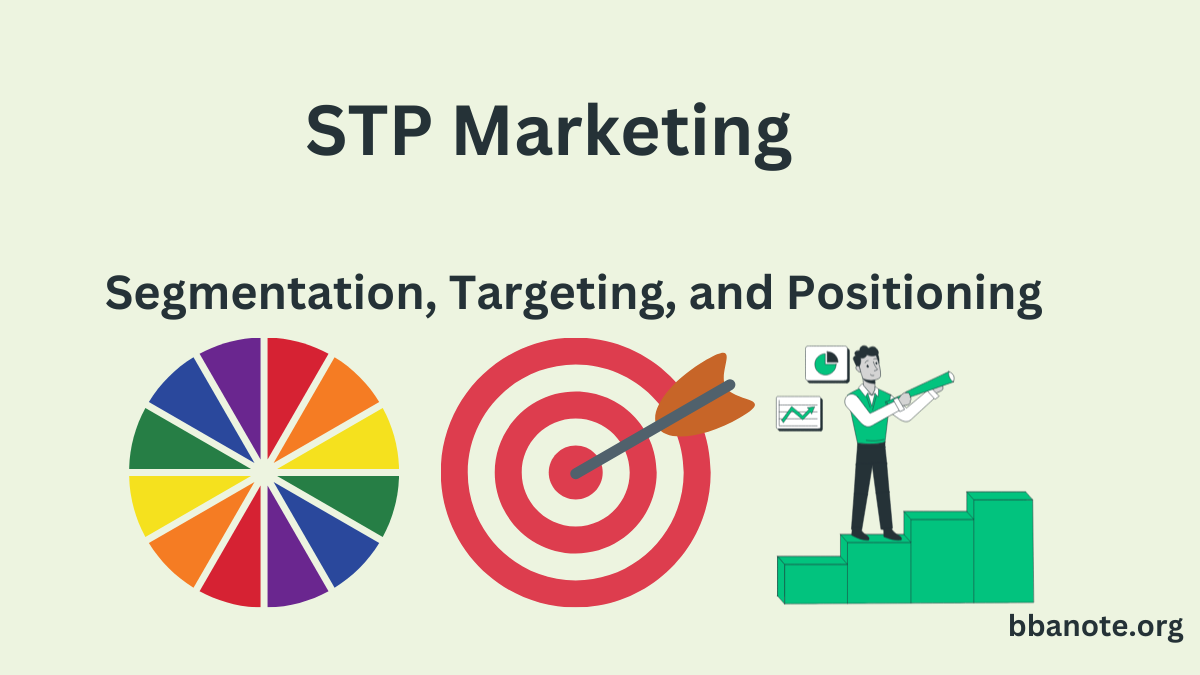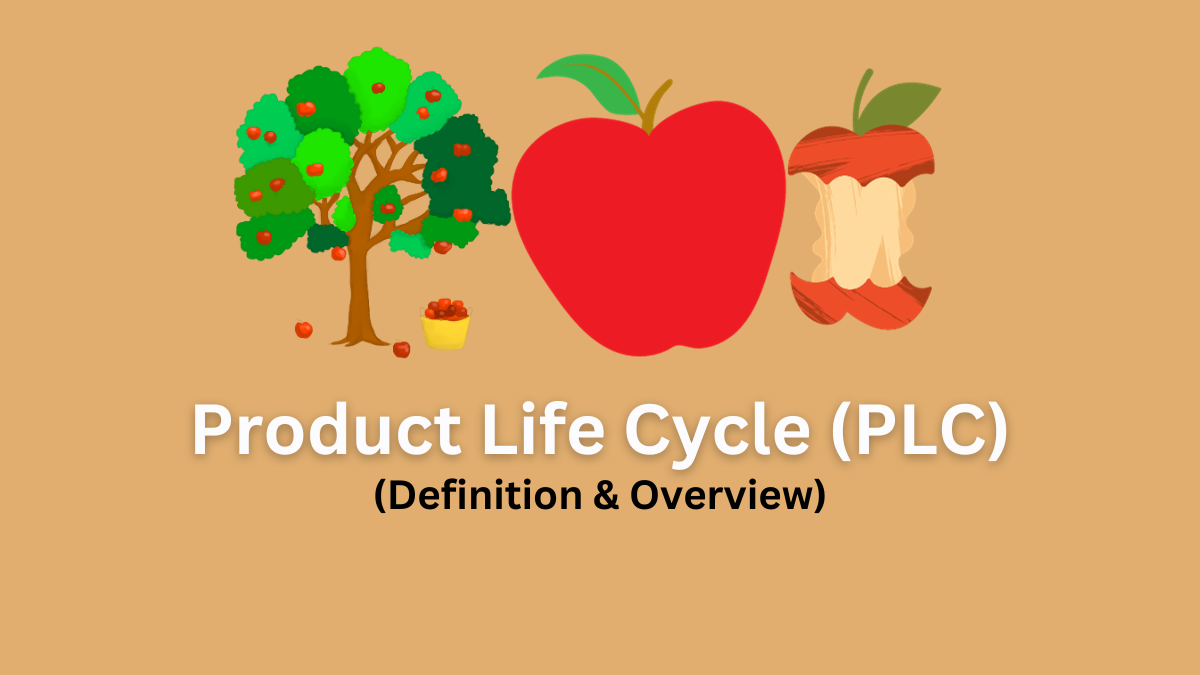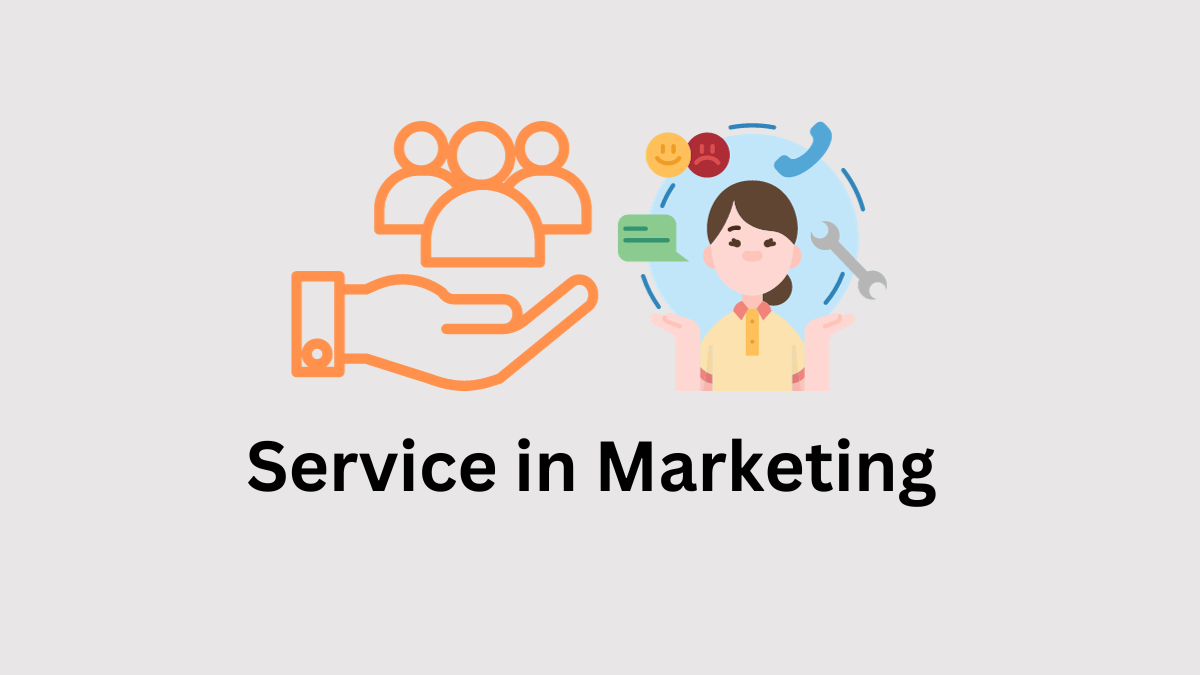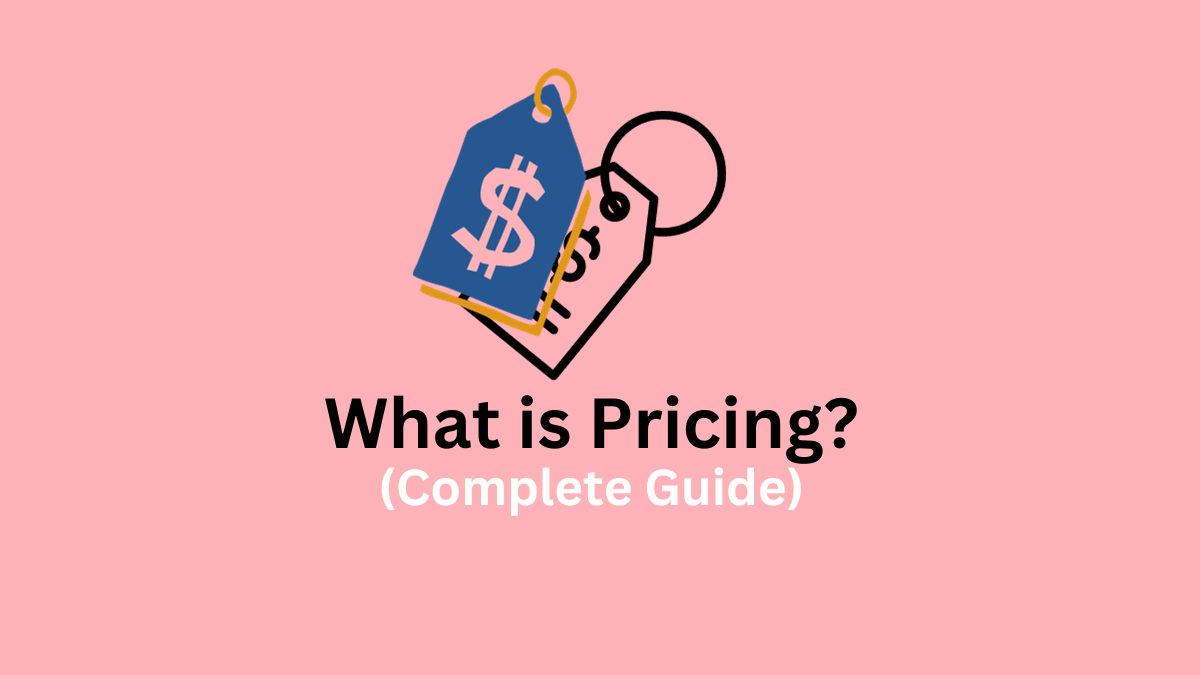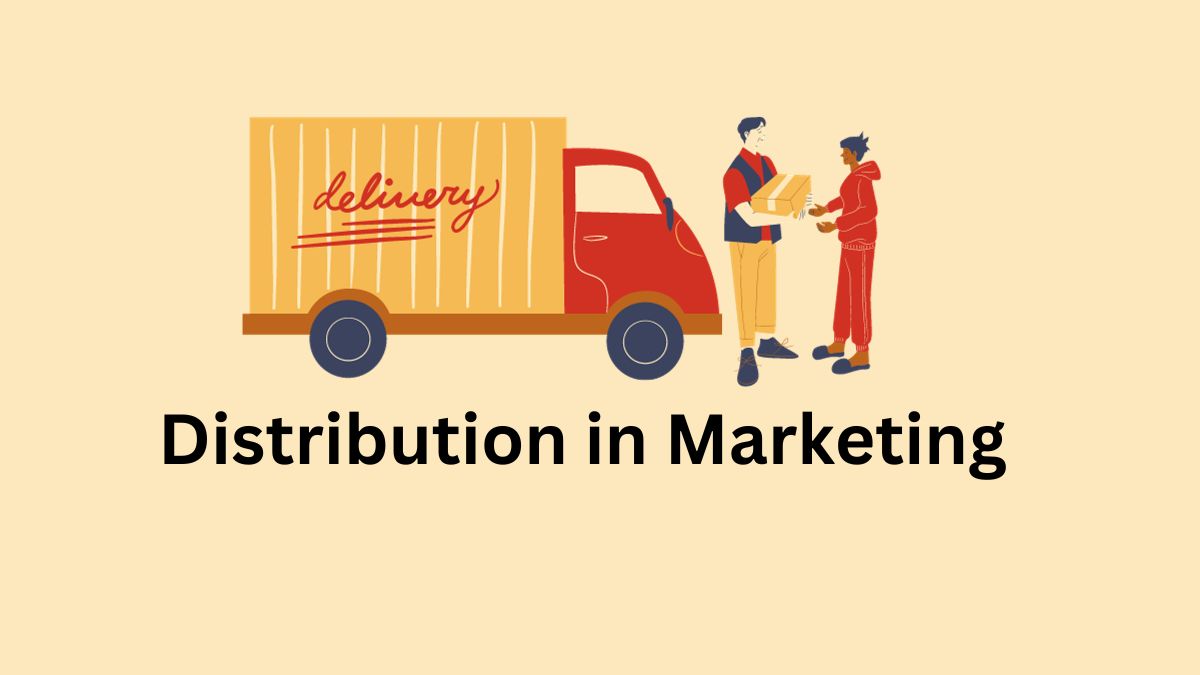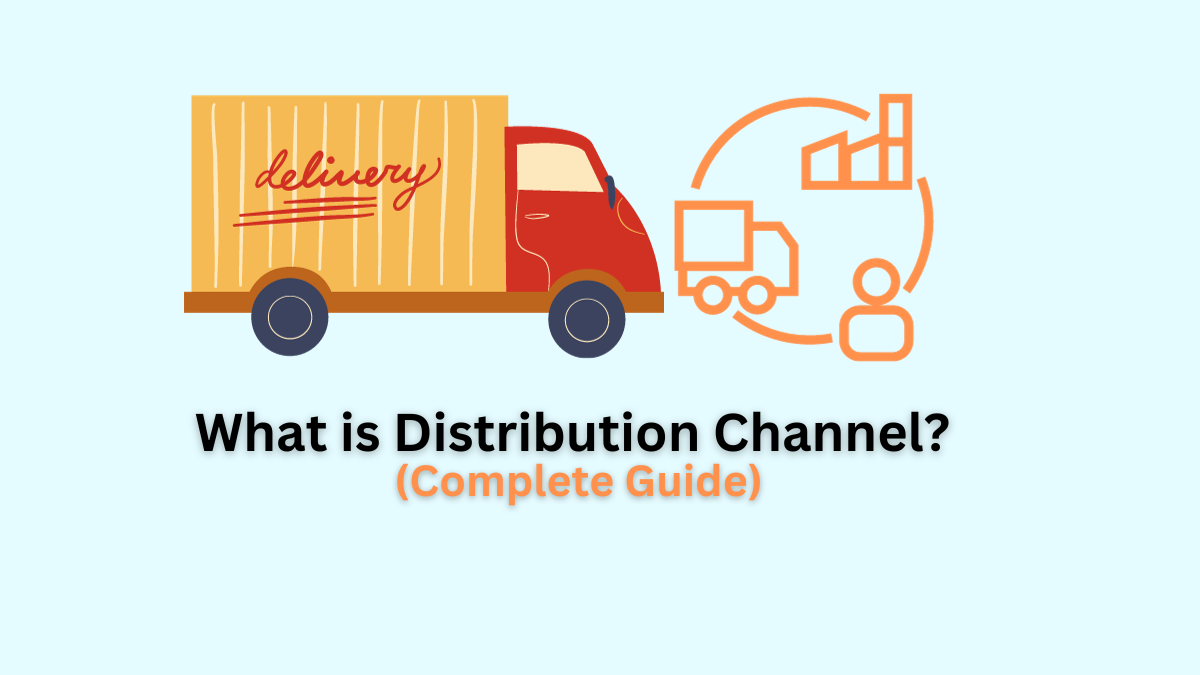Fast Moving Consumer Goods (FMCG): Features, Types, Importance, and Examples
What is FMCG? Fast-Moving Consumer Goods (FMCG), also known as Consumer Packaged Goods (CPG), are everyday products in high demand and sell quickly. These goods, including items like food, toiletries, cleaning supplies, and more, are an essential part of our daily lives. FMCG products are characterized by their low cost, rapid consumption, and frequent purchase. … Read more
